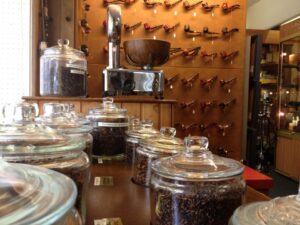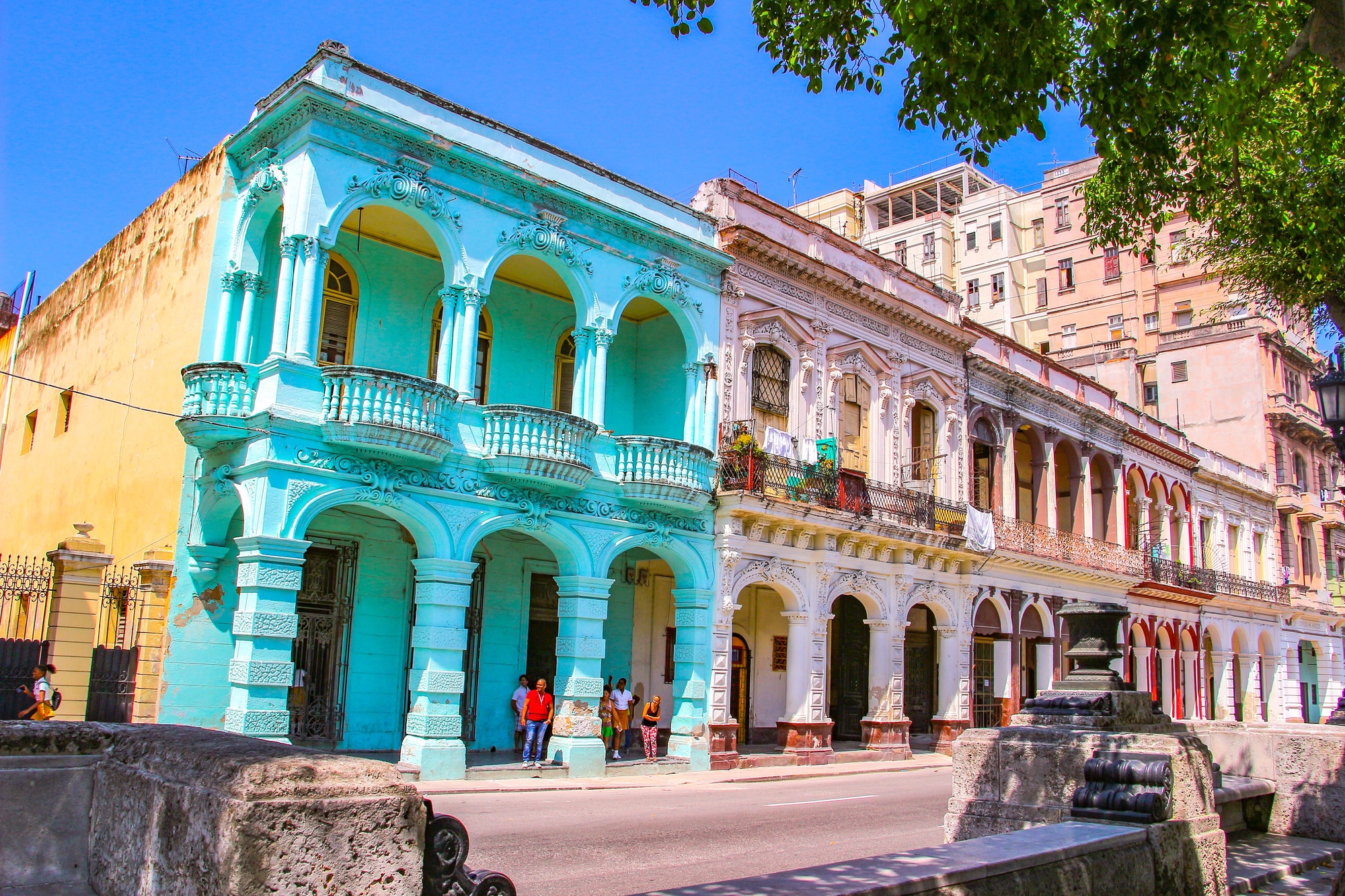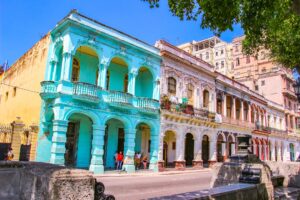

England, which at that time as a world power was always at odds with Spain, occupied Havana for nine months. During this period, more international shipping ran through Cuba than in the more than two centuries that Spain controlled the pearl of the Antilles. The world got to know the Cuban cigar. Spain regained control through a treaty, but the secret of the Cuban cigar was revealed. The legend was born.
In England, cigars became more popular than pipe tobacco. The Connecticut wrapper we know and love today was created when an English officer who lived near Hartford and participated in the siege of Havana returned to his native Connecticut with about 30,000 cigars and enough Cuban seeds to adapt to the different climate over time. In 1804, as the demand for Havana cigars increased worldwide, Cuba imported more than a million pounds of American tobacco leaf, primarily wrapper and wrapper from Connecticut.
Over the next century and beyond, Cuba lagged behind the United States in tobacco and cigar production, which used imported Cuban tobacco. In 1860, there were nearly 1,500 cigar factories in the United States. In the last half of the 19th century, well-known Cuban cigar brands such as Partagas, El Rey del Mundo, Sancho Panza, Hoyo de Monterrey and Montecristo also established themselves, as well as American brands such as La Palina. However, Cuba was far from ideal for the cigar business at the time.
Source: Holts.com




Copyright © Tabakversand.ch. All Rights Reserved.

Die grösste Auswahl an Tabakprodukten erwartet Sie. Folgende NEUHEITEN können wir empfehlen:

The largest selection of tobacco products awaits you. We can recommend the following NEW PRODUCTS: